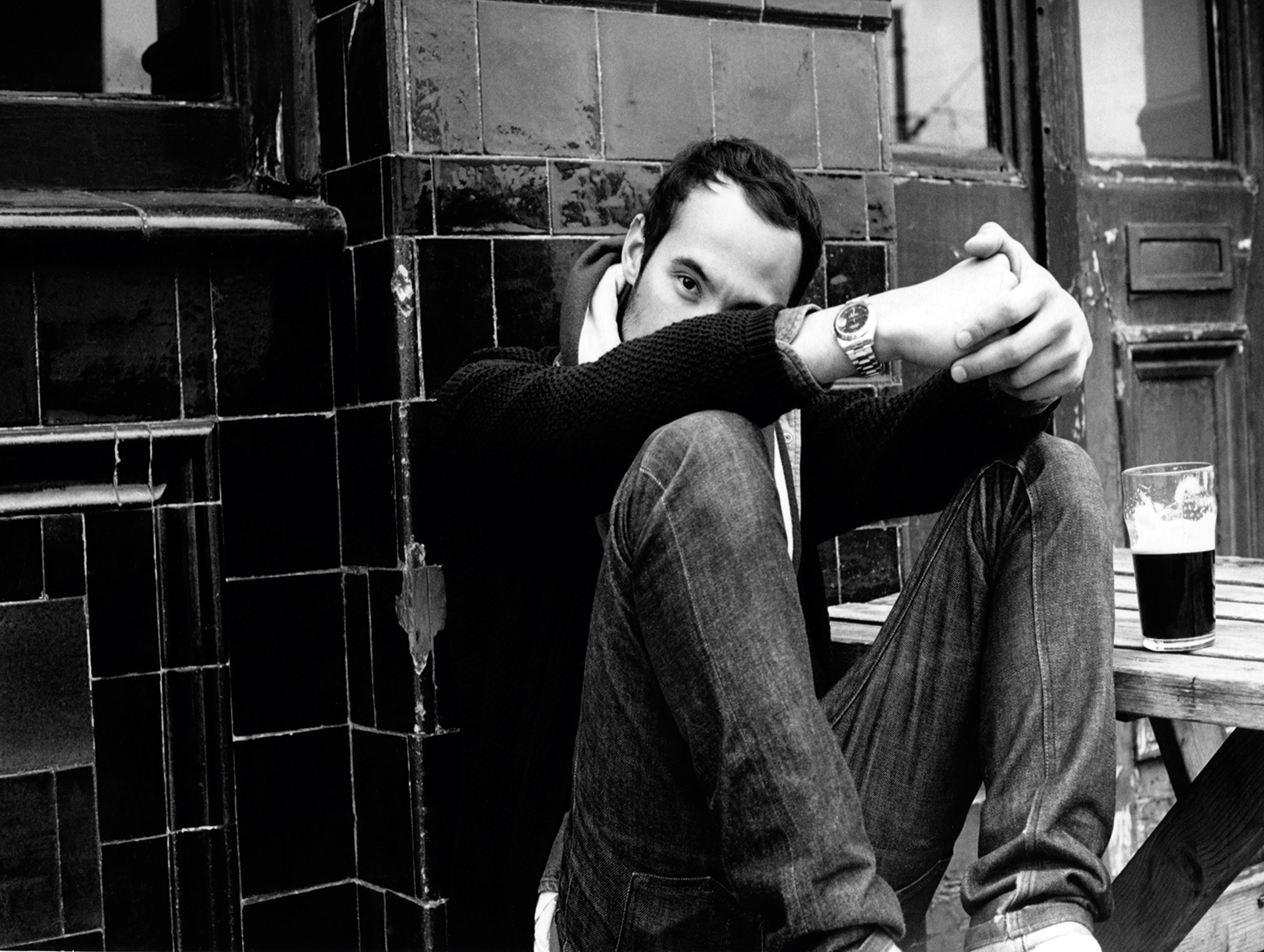Purple Magazine
— S/S 2014 issue 21
Remi Paringaux
 Rémi Paringaux
Rémi Paringaux
on the post-digital aesthetic
creative technology
interview by OLIVIER ZAHM
portrait by SIMON DI PRINCIPE
OLIVIER ZAHM — When did you start your digital magazine POSTmatter?
RÉMI PARINGAUX — We started it three years ago, when the iPad came out. I’d worked in print for the first 10 years of my career, as the art director of Dazed & Confused for about five years, and then at Vogue Hommes Japan for a couple of years. This involved constant back and forth between Tokyo and London, and I started having a lot of ideas about how to make the publishing and magazine experience evolve to become more interactive, responsive, and playful.
OLIVIER ZAHM — I remember the first edition of POSTmatter, where you could touch an image and the fashion story became an abstract 3D silhouette. That was totally new.
RÉMI PARINGAUX — Yes,…